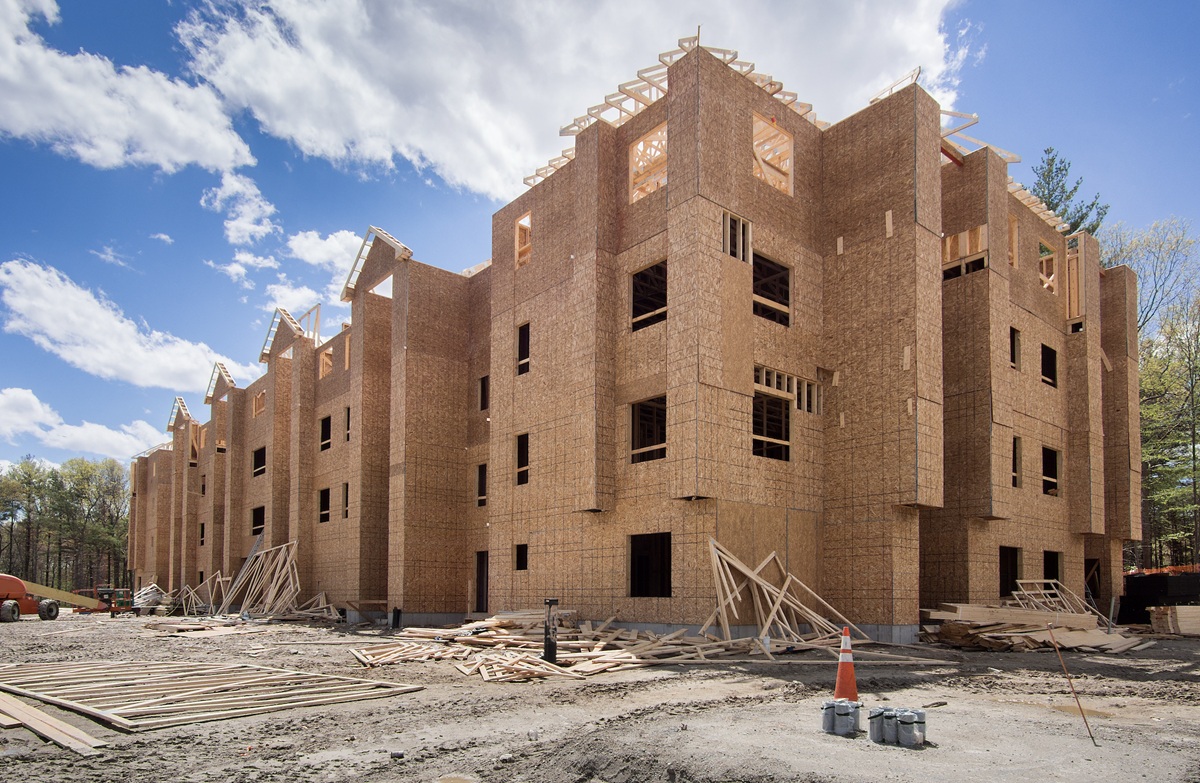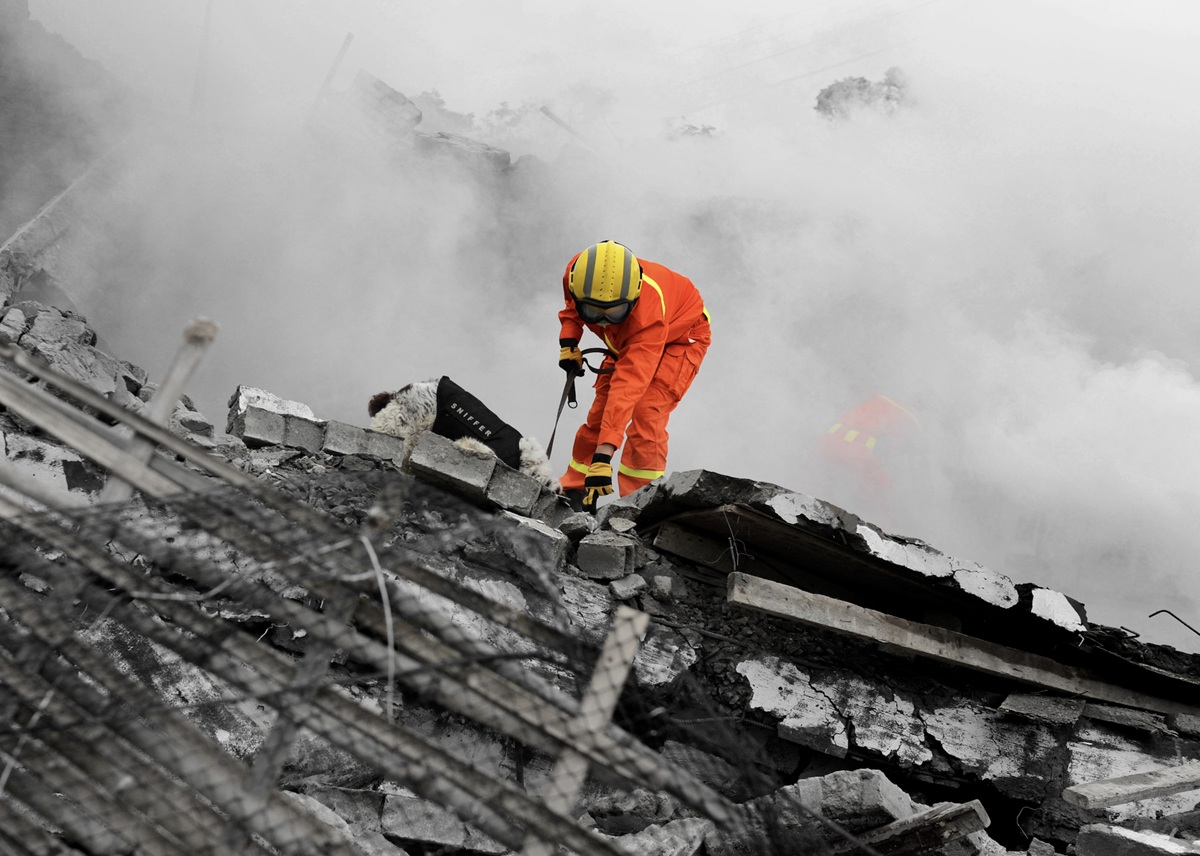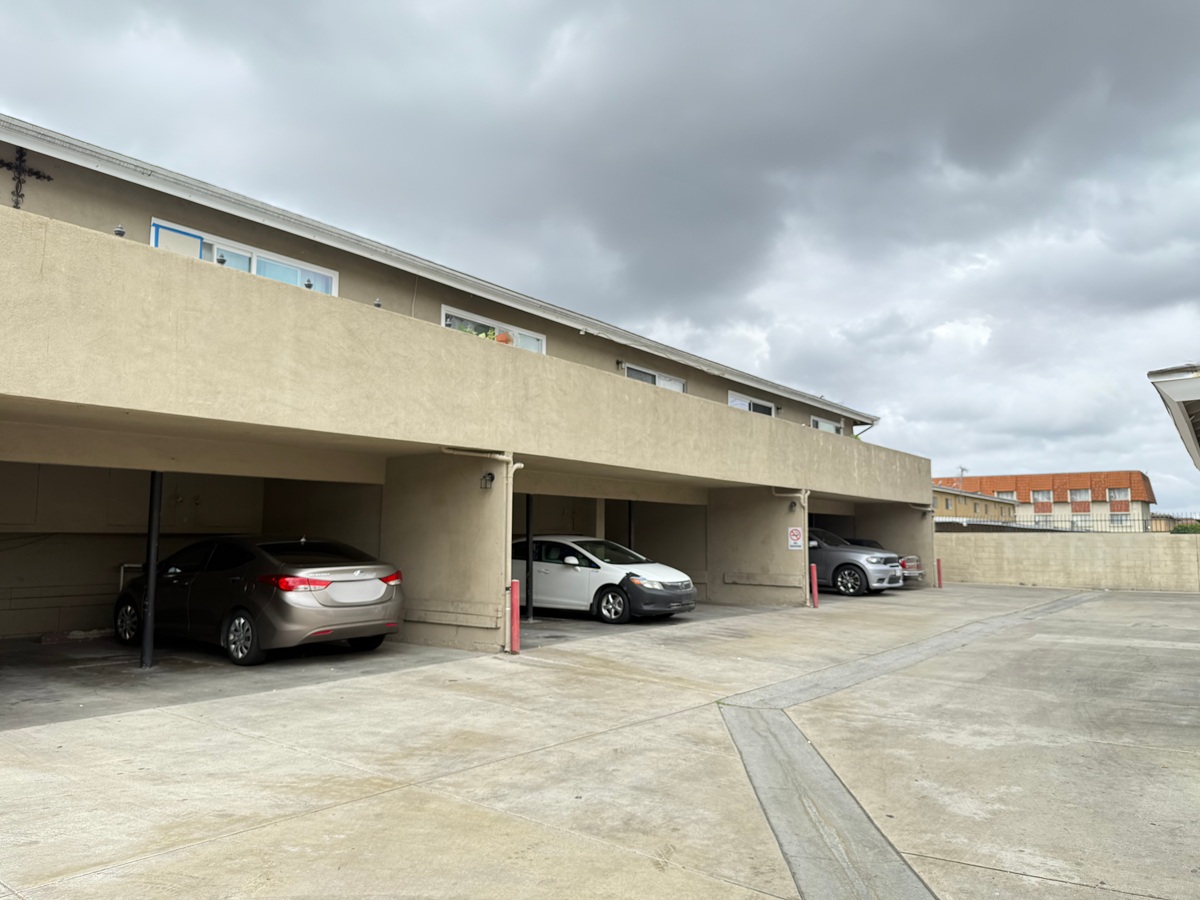Three weeks of nearly nonstop rain in California dropped an estimated 32 trillion gallons of water on California, as nine atmospheric rivers barraged the state with record-breaking rainfall.[1] The steady stream of storms helped replenish reservoirs and built a snowpack 226% above normal for this time of year.[2] Coming at a time of extreme drought, it was a blessing for the state, but it also came with a price: deadly floods, extreme erosion, levee breaks and landslides.
More than $1 billion in damages have been reported from those storms, and 21 people have died.[3] Just a few weeks into the new year, California recorded these storms as its first billion-dollar disaster of 2023 – qualifying for the National Centers for Environmental Information’s annual tally that draws from insurance services, federal and state agencies, and other partners to quantify the impacts of major weather events such as storms, hurricanes, wildfire and floods.
Sixty of these billion-dollar events have happened in the U.S. from 2020 to 2022, causing $425 billion in destruction, along with 1,460 deaths, the NCEI reported in its 2022 Billion-dollar Disaster Report, released this month. The study ranked 2022 disasters as the nation’s third highest in total costs, behind 2017 and 2005, with a price tag of $165 billion.[4]
“It is important to keep in mind that these estimates do not reflect the total cost of U.S. weather and climate disasters, only those associated with events more than $1 billion in damages.” The agency explains. “That means they are a conservative estimate of how much extreme weather costs the United States each year.”
A $250 billion earthquake
Earthquakes, another serious disaster risk for California, were not included in the NCEI’s analysis because they are not triggered by weather. But when they attack, they are far more destructive.
If a magnitude 7.5 earthquake were to strike the Puente Hills fault running through downtown Los Angeles, as many as 18,000 people could be killed, and another 750,000 people left homeless amid a staggering $250 billion in damages, according to estimates by the U.S. Geological Survey and Southern California Earthquake Center.[5] One reason for the dire forecast is the number of old, vulnerable buildings in L.A., including those made of concrete, famed geologist Lucy Jones told the Los Angeles Times.[6]
The shaking from a quake in the center of urban L.A. would be so intense it could lift heavy objects into the air, Jones said, noting that the same thing happened near the epicenter of the 1989 Loma Prieta earthquake in the Santa Cruz Mountains.
There, the shaking was so bad, “we found an upside-down grand piano,’” Jones told the Times. “That’s the type of shaking that will hit all of downtown. And everywhere from La Habra to Hollywood.”[7]
One reason for the dire forecast is the number of old, vulnerable buildings in L.A., including those made of concrete, Jones said. By contrast, a magnitude 8 quake on the San Andreas fault — more than 30 miles from downtown L.A., on the other side of the San Gabriel Mountains — would cause up to 1,800 deaths, estimates report.
Only a matter of time
The odds are almost certain – at a 99.7% chance – that a 6.7 magnitude quake will rattle California in the next 30 years. (That’s the same size as the devastating 1994 Northridge earthquake.)[8] Almost more terrifying is the 46% likelihood that a major quake of magnitude 7.5 or greater will strike California in the next 30 years.[9] At those odds, it’s literally just a flip of the coin.
Many people in Southern California still vividly recall the Northridge quake, which was the nation’s most devastating natural disaster at the time. Homes, businesses, and apartment buildings splintered and collapsed. Aftershocks fueled the ferocity as large patches of the region were left heavily damaged: Nine hospitals were declared unstable. Schools and universities were red-tagged; broken gas and water pipes, downed utility lines, fires, and flattened bridges and overpasses left many streets impassable.
The threat of a quake that size striking again is so high that the California Geological Survey dubbed Los Angeles County as having the greatest potential loss from a major earthquake, compared to any other region in the state. This was based on the many faults located in the region, anticipated ground motions, soils and the amount of development in the area.
In Southern California, a magnitude 7.1 quake along the Puente Hills fault would bring an estimated $69 billion in damages, the agency found. Other USGS projections for this Puente Hills scenario include:
- 1,059 deaths
- 453 serious injuries
- 13,454 “non-fatal” injuries
- 121,339 displaced households (3.5 million individuals)
The USGS “ShakeOut” study anticipates that at least five pre-1994 steel moment-frame high-rise buildings would collapse under this scenario, with about 5,000 people inside them if the quake strikes during regular business hours. As many as 50 low- and mid-rise concrete moment-frame buildings would also collapse, and 900 unreinforced masonry buildings would be irreparably damaged.
Projections for the Bay Area are also alarming.
Stanford University calculated that a 7.2-magnitude earthquake along the Hayward fault would be disastrous. “Direct [building and infrastructure] losses from simulations are U.S. $115 billion,” the report found. More than $60 billion of that would occur in the housing sector. Infrastructure damage would result in ripples through the economy causing an additional $35 a billion in losses. The study estimates that it may take more than two years for the regional economy to recover.[10]
Similarly, a 6.9-magnitude earthquake along the Rose Canyon fault in San Diego would devastate the seaside city, according to the Earthquake Engineering Research Institute. In a study EERI unveiled at the 2020 National Earthquake Conference in San Diego, the institute projected extensive losses from such a quake:[11]
- 45% of all residential buildings damaged
- 23,000 residential units severely or completely damaged
- 36,000 households displaced
- 40% of commercial and industrial buildings damaged, (20% extensively or beyond repair)
- $38 billion in damage
- $5.2 billion in lost income
“(Earthquake) damage to buildings is expected to be severe and widespread, particularly in the heavily populated coastal areas and in the older urban areas,” the study found. “While most newer buildings, particularly single-family residences, can be expected to survive the scenario earthquake with repairable damage, many larger and older buildings can be expected to be more severely damaged and potentially unsalvageable.”[12]
Northridge, at a magnitude 6.7, was the costliest natural disaster in the United States at the time – causing up to $20 billion in damages and $49 billion in economic loss.[13] That combined $69 billion in today’s dollars would be equivalent to $121 billion[14]. Figures in 2020 dollars for other major quakes in recent times would be:
- San Francisco ($700 million in 1906) = $10.6 billion in 2020
- Loma Prieta ($2.9 billion in 1989) = $4.5 billion in 2020
- Cape Mendocino ($48.3 million in 1992) = $85 million in 2020
All of these scenarios add up to billions of dollars in damage and economic loss. Earthquakes are inevitable, but they don’t have to be disasters. The difference can be found in the safety of our buildings.
Preparedness: more cost-effective than emergency response
California has taken a leadership role in the U.S. in guarding against disaster, but it is enough? Over the years, in response to damage caused by earthquakes, California has adopted laws to make schools, hospitals, highways, dams and other public buildings safer. Since then, several cities and counties have also adopted laws requiring seismic retrofits of privately-owned buildings proven to be vulnerable to earthquake damage.
San Francisco was one of the first, followed by Berkeley, Richmond, Freemont, San Jose, Oakland, Alameda, Beverly Hills, Santa Monica, and the counties of Los Angeles and Santa Clara.
When Los Angeles Mayor Garcetti in 2015 signed the nation’s most ambitious retrofit ordinance into law, he said he did it not only for life and safety issues, but to protect the city’s ability to function after that long-anticipated monster of an earthquake strikes. Public response to the new law has been much better than expected, particularly among building owners, who have recognized that it makes good business sense to retrofit their properties. The two types of buildings requiring retrofits under L.A.’s ordinance are soft-story buildings built before 1978, with parking on the ground floor and units built above; and non-ductile concrete structures, comprising most concrete multi-story buildings built before 1977.
Now, seven years after the city enacted a landmark campaign requiring retrofits of soft-story apartment buildings, more than 8,200 have been retrofitted at a cost of $1.3 billion.[15] Retrofit building permits have been issued for an additional 2,000 buildings.
These retrofit improvements are projected to have a significant impact on how well Los Angeles fares when the next large-scale earthquake strikes. Estimates show retrofits will reduce future financial losses by $41 billion and avert 1,500 deaths and 27,000 nonfatal injuries and cases of post-traumatic stress disorder. The retrofits also are expected to prevent 5,000 housing units from collapsing and an additional 60,000 from being significantly damaged.
But there are still thousands of other buildings vulnerable to damage or even collapse when the next catastrophic event comes calling.
Earthquakes come without warning, but we know how to guard against them:
- We know they are likely to strike near active faults.
- We know what types of buildings are vulnerable to collapse from seismic shaking. These five building types include: tilt-up, non-ductile concrete, steel moment frame, soft-story and unreinforced masonry.
- Earthquake damage can result in loss of the building and contents such as equipment, inventory and supplies; owner’s liability costs for negligence in maintaining an unsafe condition; as well as death and injuries to employees and customers. In serious situations, bankruptcy can easily result
- We know how to cost-effectively retrofit those structures to keep them standing and open for business.
Safer buildings: the foundation to a resilient community
Billion-dollar natural disasters are becoming more common in the United States. Since 1980, catastrophes of this magnitude have affected all 50 states, hitting five to 10 times annually. Preventive actions to make our businesses and communities more sustainable by reducing the costly cycle of rebuilding and repairing are needed now more than ever. There are steps that individuals, communities, and the federal government can take now to reduce costs and better prepare for and avoid the worst effects of earthquakes and otherf natural disasters.[16]
Investing in preparedness saves taxpayers money, the Pew Trust Charities affirmed[17]. Research by an independent group of experts in 2005 found that for every dollar invested in actions to reduce disaster losses, the nation saves about $4 in future costs.[18] More recent studies put the savings much higher.
Any disaster is devastating, but with earthquakes, it’s not just a matter of stopping the cause of the emergency – there are significant costs associated with recovery. Debris from fallen buildings needs to be cleared, landfills will be overloaded, and the costs to rebuild significant. The serious impacts on our environment from the release of toxic substances from destroyed buildings and the increased carbon footprint caused by use of additional natural resources to replace these buildings can not be overstated. Being able to avoid these costs and other impacts with retrofits is not only a smart decision economically, but socially. To see a related article by Ali Sahabi on carbon footprint impacts, click here.
Retrofits save lives, preserve much-needed housing, ensure that businesses can remain open in an emergency, and enable communities to snap back after a major earthquake – to protect and preserve quality of life for all.
[1] Fox Weather, https://www.foxweather.com/weather-news/california-atmospheric-rivers-32-trillion-gallons-rain-water
[2] Los Angeles Times, https://www.latimes.com/environment/story/2023-01-12/snowpack-buoys-hopes-for-drought-relief-but-will-it-last
[3] Sacramento Bee, https://www.sacbee.com/news/politics-government/capitol-alert/article271377787.html
[4] NOAA Billion-dollar Disaster Report, https://www.ncei.noaa.gov/access/monitoring/dyk/billions-calculations
[5] Los Angeles Times, https://www.latimes.com/socal/glendale-news-press/news/tn-gnp-xpm-2014-03-30-tn-gnp-la-habra-quake-a-reminder-about-dangerous-puente-hills-fault-20140330-story.html
[6] Ibid.
[7] Ibid.
[8] Fox News, https://www.foxnews.com/story/usgs-california-has-99-7-percent-chance-of-big-earthquake-in-next-30-years
[9] Earthquake Engineering Research Institute, “Loss Estimates for a Puente Hills Blind-Thrust Earthquake in Los Angeles, California,” Earthquake Spectra, Volume 21, No. 2, pages 329–338, 2005. https://earth.usc.edu/files/htdocs/papers/tjordan/2005_Field_EQSpectra_LossEstimates.pdf
[10] “Quantification of Disaster Impacts through household well-being losses,” Nature Sustainability, www.nature.com/natsustain
Stanford University Urban Resilience Initiative, http://urbanresilience.stanford.edu/
[11] Engineering and Environmental Research Institute, https://sandiego.eeri.org/2014-eq-scenario/
[12] Ibid
[13] Earthquake Country Alliance, https://www.earthquakecountry.org/northridge/facts/#:~:text=The%20Northridge%20earthquake%20was%20the,%2449%20billion%20in%20economic%20loss.
[14] U.S. Bureau of Labor Statistics, inflation calculator, https://www.bls.gov/data/inflation_calculator.htm
[15] Los Angeles Times, https://www.latimes.com/california/story/2022-10-20/l-a-hits-1-billion-earthquake-milestone-8-000-buildings-retrofitted
[16] Pew Trust, «It Pays to Prepare for Natural Disaster,” https://www.pewtrusts.org/en/research-and-analysis/fact-sheets/2017/05/it-pays-to-prepare-for-natural-disasters#:~:text=Investing%20in%20preparedness%20saves%20taxpayers,about%20%244%20in%20future%20costs.
[17] Ibid.
[18] National Institute of Building Sciences, “Natural Hazard Mitigation Saves: An Independent Study to Assess Future savings from Mitigation, http://c.ymcdn.com/sites/www.nibs.org/resource/resmgr/MMC/hms_vol2_ch1-7.pdf?hhSearchTerms=Natural+and+hazard+and+mitigation







